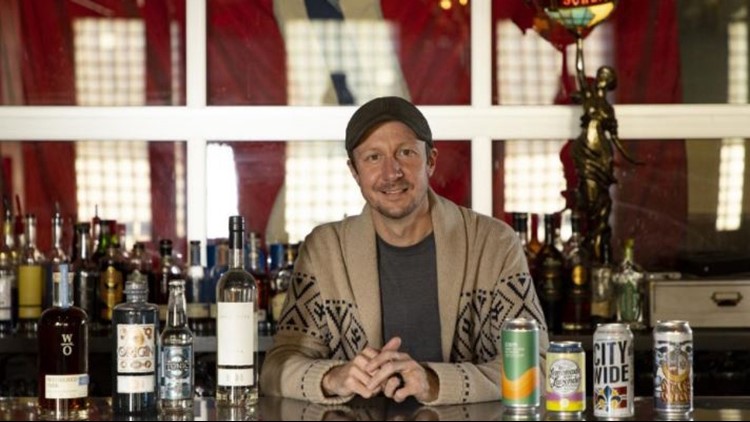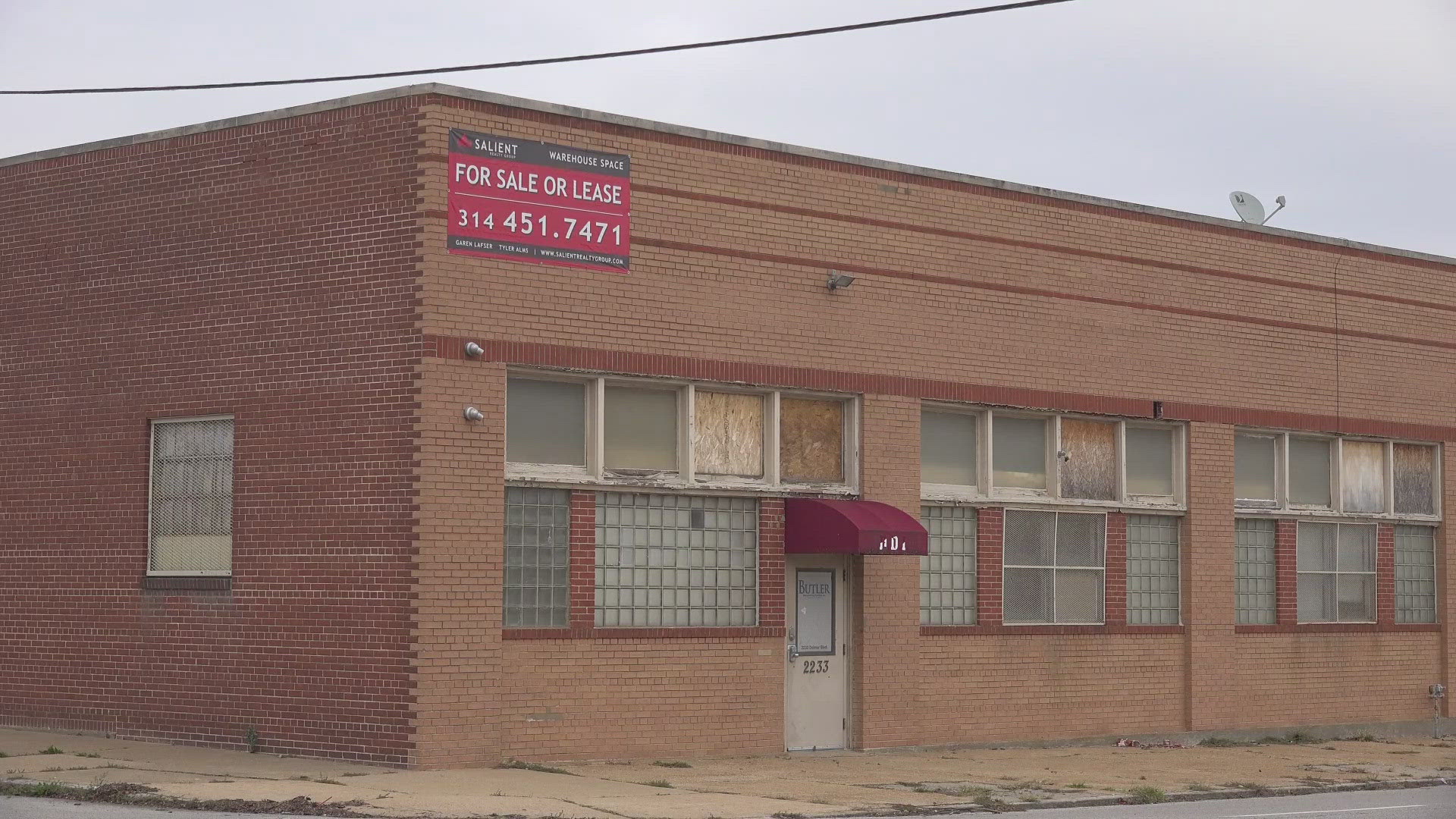ST. LOUIS — Before he became a brewery owner in St. Louis, Kevin Lemp was a wine guy.
For about 10 years, prior to the opening of 4 Hands Brewing Co. in 2011, Lemp worked for California wine giant E&J Gallo Wine Co., where he gained understanding in the value of selling from a diverse product portfolio.
"I sold everything from Bartles and Jaymes (wine coolers) and Boone's Farm to $300 bottles of wine to gin and brandy, et cetera," Lemp said.
Those brands spanned different categories and price points, encompassing a broad collection of products that didn't compete directly with one another. It's a strategy that Lemp has carried with him to 4 Hands. The St. Louis region's fourth-largest brewery by production volume in 2020, 4 Hands over the past three years has expanded beyond beer into a producer of spirits, canned cocktails and hard seltzer. It launched a new whiskey brand last fall and, later this year will debut a new brand of nonalcoholic beer.
"As we're looking at the growth of our company, we're now more of a premium supplier of beverage" than just a brewery, Lemp said. "We want to stay in our lane. We want to focus on beverage. But we want to provide a customer with whatever they're feeling like drinking at that moment within our portfolio, whether it's a canned cocktail or a gin and tonic, a bourbon on the rocks, a hazy IPA or something nonalcoholic."
In doing so, 4 Hands has extended its reach into nearly every emerging beverage trend that is stealing market share from craft beer. While beer will continue to account for the vast majority of its annual sales, which totaled $10 million last year, Lemp believes his company has embraced a strategy that offers it flexibility when consumer trends shift and a creative platform that will never leave his team bored.
"We really love that creative outlet," Lemp said. "We love learning about this whole new class of liquid that we're going to be able to make."
CHANGING LANDSCAPE
When Lemp launched 4 Hands in 2011, it was one of around 2,200 breweries in the U.S., according to data from the Brewers Association, a Colorado-based trade group for the craft brewing industry. At the end of 2020, that figure had reached 8,800.
While the number of craft breweries has quadrupled, the sector's biggest competition has come from outside the beer category.
For much of the past century, beer has accounted for as much as 60% or more of all alcohol sales in the U.S., with spirits and wine trailing far behind. But over the past 10 years, its market share has fallen below 45% as sales of distilled spirits soared, according to data from the Distilled Spirits Council of the U.S. At the end of 2020, spirits accounted for 39.1% of the alcoholic beverage market, marking the 11th straight year of gains, according to the trade group.
Rather than sitting idle as consumers flocked to new beverage types, 4 Hands expanded its reach. In 2018 it launched a distillery of its own, 1220 Artisan Spirits, featuring a line of botanical-inspired products that started with gin and grew to include vodkas and, later, the emerging category of canned cocktails. It later added a line of 4 Hands-branded hard seltzers, capitalizing on another surging beverage trend. In October it launched a whiskey brand, Withered Oak, produced in partnership with Indiana-based distillery MGP, and in the next few months, Lemp said the company will unveil a portfolio of nonalcoholic beverages under a new brand called "Free Space."
For some breweries, this strategy has helped balance the effects of new competition, at least in terms of declining production volume. Bart Watson, the Brewers Association's chief economist, said breweries that make nonbeer products last year reported enough increased production in those products to offset production declines in beer. He didn't have data showing revenue trends.
"I’d say that many of these products align with consumer preference trends we are seeing, and can allow companies to add growth in new product areas and potentially with new demographics," Watson said. "At the same time, there are always risks in investing in new areas outside of your core area that come with new competition."
Click here for the full story.



